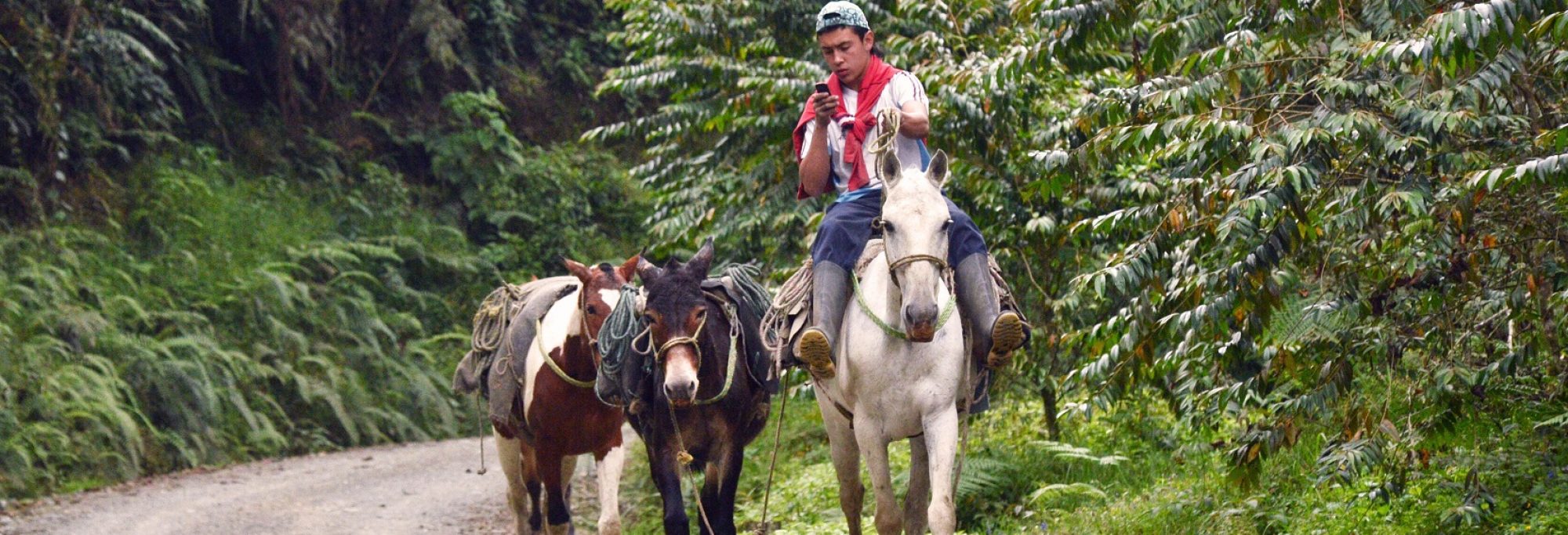by Cristina Dorador
I grew up under the sun, surrounded by hills with no vegetation and the deep blue sea. When one is born and raised in the desert, getting sand in one’s shoes and finding shade to escape the heat are normal. The colors of the naked pampa at sunset are herald the stars that will soon fill the infinite sky. It’s no mystery that life is present in most natural environments on Earth and that this life is largely microbial.
The Atacama Desert is no exception. What is seemingly inert to us is really full of life. The Atacama is host to various aquatic environments—remnants of ancient lakes that occupied this area millions of years ago and that harbor great biodiversity, including endemic species of plants and animals, and microorganisms that are living testimony to the boundaries upon which life can exist on the planet. But despite its high biological importance, the wetlands of northern Chile and their microorganisms are under constant threat by the region’s high demand for water.
Despite the historical, scientific and cultural legacy of northern Chile’s wetlands, they are under constant threat from the high demand for water due to large-scale mining and other exploitative activities, including geothermal prospecting. Every time I go to the Altiplano, I’m left with a sense of uncertainty regarding the conservation of these salt flats and wetlands. There is new plumbing, new drilling and roads everywhere. I would dare say that there are few if any places that have not been explored for exploitative purposes.
Conservation
Around 50 endorheic basins (or salt flats) have been described in northern Chile’s coast, highlands and desert. These represent the largest reserves of freshwater in northern Chile and have been designated as RAMSAR sites—wetlands of international importance—primarily for their waterfowl. They enjoy different degrees of environmental protection from Chilean government. Others have gained international repute: Lauca National Park is a UNESCO Biosphere Reserve. These unique habitats draw tourists from all over the globe; one can see contrasting, huge, extreme landscapes which, together with the aforementioned biodiversity, form unforgettable images and sensations.

And these systems are highly complex. Being located in an environment considered to have “extreme” conditions, a unique and highly diverse biota has flourished. At the microbial level, this diversity is seen in the frequent presence of groups of bacteria, archaea and fungi specific for each kind of salt which acts as the basis of energy and trophic functioning for these aquatic ecosystems.
These microorganisms have great potential in the production of bioactive compounds that could be used in drug or biotechnology industry. But more research is needed in this area. In addition to its intrinsic natural value, the scientific arguments for conservation urge urgent protection.
Invariably though, conflict arises when talking about conserving these environments. Those habitats that are already in reserves or national parks have this status because of special conditions, either the presence of three species of flamingos that live in Chile or the high diversity of plant and animal life (as with Lauca National Park). However, most of these basins within the protected areas (Chile calls these National Parks, Nature Reserves, or Natural Monuments) are at the mercy of water extraction or directly from mineral interests that mine boron and lithium, among other minerals.
So how will these fragile ecosystems defend themselves? One solution is expanding protected areas but we need more scientific presence in environmental decision-making.
Extremophile research
Water sustains life in the desert. Any drop of water can be a micro-habitat for the development of a microorganism, which has a specific and important ecosystem function. Thanks to new technological advances, such as the massive sequencing of nucleic acids, we are increasingly understanding the intricacies of microbial relationships and their large scale effects which include global climate change effects.

Most published research on the microbiology of the Atacama Desert is done by groups of foreign researchers who have earlier investigated the adaptations of microorganisms (extremophiles) to these environmental conditions. In fact, several of these example organisms are used in astrobiology studies.
In our research group at the University of Antofagasta we are interested in understanding the extent of microbial diversity in these environments, their functional significance and how they adapt to these extreme conditions of life.
In a recent project funded by Chile’s FONDECYT, we are analyzing with genomic techniques the “Rare Biosphere” which hopes to describe the most rare microorganisms in microbial communities. We want to prove that these microorganisms play an important role in the ecosystem despite being underrepresented.
I think these results, as well as being an important contribution to microbial ecology, will help us further enhance the understanding of these unique aquatic ecosystems in the world, not only because of the extreme conditions they experience, but because they are remnants of a very different past to what we see today in the Atacama Desert.
The future is microbial and our past is too.
Cristina Dorador is a faculty member in natural sciences in the laboratory of Microbial Ecology and Functional Complexity at the University of Antofagasta in Antofagasta, Chile. You can follow her on Twitter @criordor.
